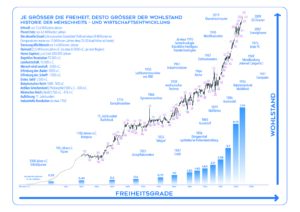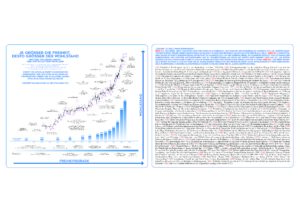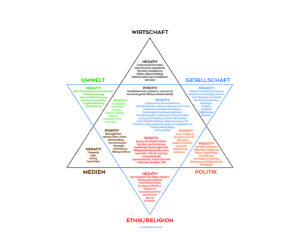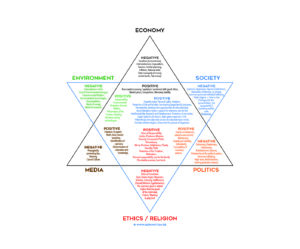Most of Europe struggled to survive in villages surrounded by open fields. The village leaders apportioned the available land according to family size, determined the crops to be grown, the farming methods, and which plots were to remain unplowed. Peasants and small farmers worked the land that belonged to the nobility, the state or the Church as sharecroppers, meaning they paid a portion of the crop as rent. A contract from the late eighteenth century France .. gave the marquis who owned the land 85 percent of the crop. Peasants paid heavy taxes and mandatory tithes out of their meager revenues….
Families rarely bought anything at markets. Men made their own tools, furniture, and housing, and wove cloth from the yarn spun by the women, who then sewed the clothing for the family. Children worked alongside their parents at the earliest age because the whole family needed the income rom their labor in order to survive.
Robert Fogel estimated that European agriculture in 1700 could produce enough food for only 80 percent of the population to have enough calories to perform labor for a day. The remaining 20 percent were reduced to begging and were able to acquire only enough calories to sustain a short walk each day from where they slept to the place where they begged…
The typical peasant family lived in a two-room house; the walls of which they made by weaving limbs together to form a frame and the covering it with mud..
The law chained peasants to the land and they had to obtain permission from their lords to move to another village, marry, or acquire and dispose of land. Young men who desired to marry had to compensate their lord for his loss of labor when the peasant girl became a wife and mother. Peasants farmed strips of land scattered throughout the fields of the manor and worked together to perform the plowing, sowing and harvesting. The organization of work involved cooperation and coercion, with little room for individual initiative.
…
Peasant families might eat three pounds of rye or barley bread (wheat was too expensive) a day in good times, or share a pound in lean ones. Fuel for baking, wood or charcoal, was expensive so many villages baked their bread in large loaves once a month. The loaves would dry out and peasants had to break them with a hammer and soak them in liquid to make them edible. Poor nutrition ensured that their health was bad much of the time.
Roger McKinney (God is a capitalist)



